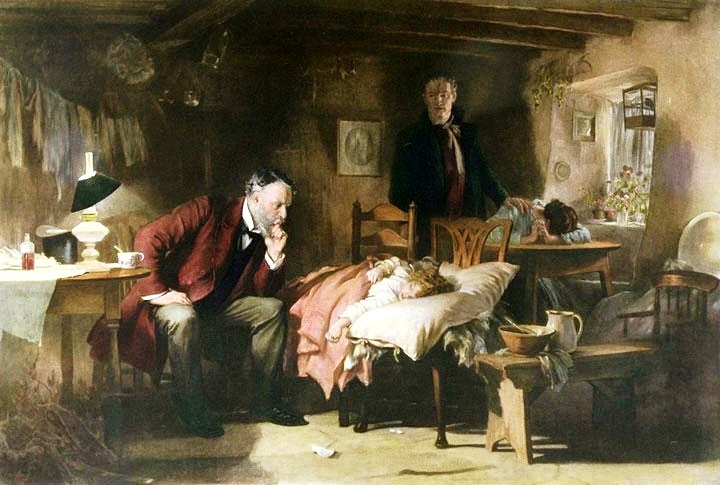Decker, S. E., et al. (2023).
Psychological Services.
Advance online publication.
Abstract
The American Psychological Association’s multicultural guidelines encourage psychologists to use language sensitive to the lived experiences of the individuals they serve. In organized care settings, psychologists have important decisions to make about the language they use in the electronic health record (EHR), which may be accessible to both the patient and other health care providers. Language about patient identities (including but not limited to race, ethnicity, gender, and sexual orientation) is especially important, but little guidance exists for psychologists on how and when to document these identities in the EHR. Moreover, organizational mandates, patient preferences, fluid identities, and shifting language may suggest different documentation approaches, posing ethical dilemmas for psychologists to navigate. In this article, we review the purposes of documentation in organized care settings, review how each of the five American Psychological Association Code of Ethics’ General Principles relates to identity language in EHR documentation, and propose a set of questions for psychologists to ask themselves and their patients when making choices about documenting identity variables in the EHR.
Impact Statement
Psychologists in organized care settings may face ethical dilemmas about what language to use when documenting patient identities (race, ethnicity, gender, sexual orientation, and so on) in the electronic health record. This article provides a framework for considering how to navigate these decisions based on the American Psychological Association Code of Ethics’ five General Principles. To guide psychologists in decision making, questions to ask self and patient are included, as well as suggestions for further study.
Here is my summary:
The authors emphasize the lack of clear guidelines for psychologists on how and when to document these identity variables in EHRs. They acknowledge the complexities arising from organizational mandates, patient preferences, fluid identities, and evolving language, which can lead to ethical dilemmas for psychologists.
To address these challenges, the article proposes a framework based on the five General Principles of the American Psychological Association (APA) Code of Ethics:
- Fidelity and Responsibility: Psychologists must prioritize patient welfare and act in their best interests. This includes respecting their privacy and self-determination when documenting identity variables.
- Competence: Psychologists should possess the necessary knowledge and skills to accurately and sensitively document patient identities. This may involve ongoing training and staying abreast of evolving language and cultural norms.
- Integrity: Psychologists must maintain ethical standards and avoid misrepresenting or misusing patient identity information. This includes being transparent about the purposes of documentation and seeking patient consent when appropriate.
- Respect for Human Rights and Dignity: Psychologists must respect the inherent dignity and worth of all individuals, regardless of their identity. This includes avoiding discriminatory or stigmatizing language in EHR documentation.
- Social Justice and Public Interest: Psychologists should contribute to the promotion of social justice and the elimination of discrimination. This includes being mindful of how identity documentation can impact patients' access to care and their overall well-being.
To aid psychologists in making informed decisions about identity documentation, the authors propose a set of questions to consider:
- What is the purpose of documenting this identity variable?
- Is this information necessary for providing appropriate care or fulfilling legal/regulatory requirements?
- How will this information be used?
- What are the potential risks and benefits of documenting this information?
- What are the patient's preferences regarding the documentation of their identity?
By carefully considering these questions, psychologists can make ethically sound decisions that protect patient privacy and promote their well-being.



